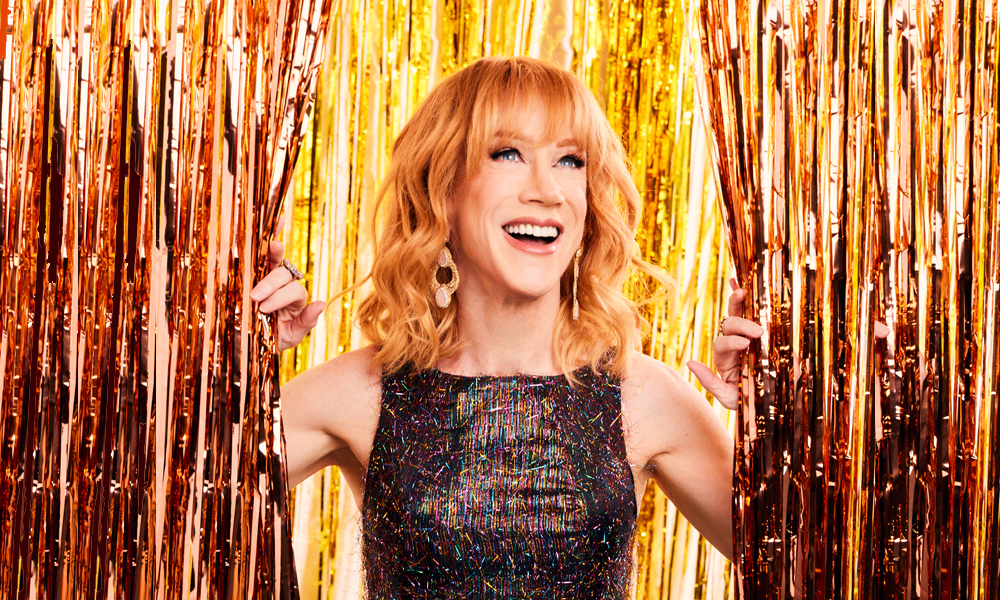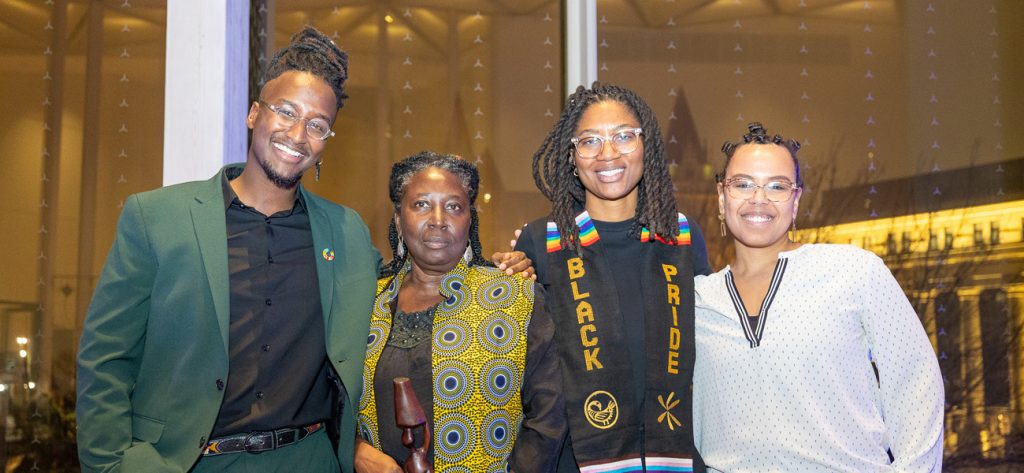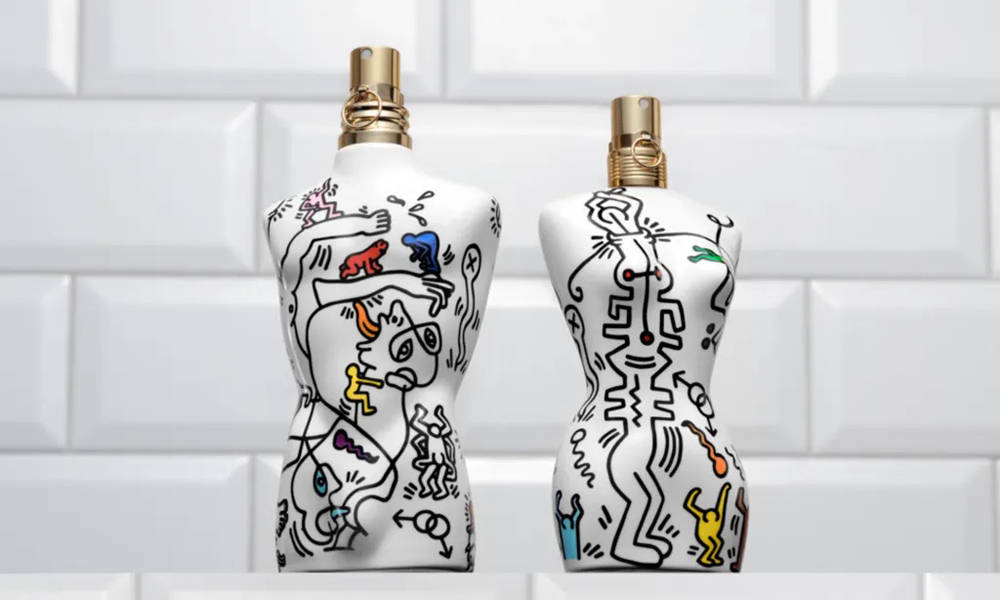Where you stand on this may be based on something other than your personal preference…
By Bobby Box
When it comes to sex, gay men generally fit into three categories: top, bottom or vers. Of course, positional preference can be more nuanced, with some identifying as vers tops and vers bottoms.
Where things get dicey is when someone assumes your preference. Why? Because this visual assessment is based on stereotypes, a covert form of queerphobia. If you’re small and effeminate, you’re assumed to be a bottom. If you’re big and masculine, you’re assumed to be a top. But, as I’m sure any gay man has found, these visual qualities – especially when rigid and binary – are rarely correct. So why do we do it? Who’s to blame for this social injustice? That would be straight people.
“For queer communities, the most prominent framework available to them was through the lens of a heteronormative culture,” Daniel Olavarria, a New York-based therapist, tells IN. “When gay men seek models for developing their own sexual lives and intimate relationships, they often use the most common framework available to them, which is straight couples.” The equivalence then resulted in tops equalling aggressive, dominant and masculine, and bottom equalling passive, submissive and feminine. As a result, gay men often self-assign these roles or respond to what their community has reinforced what their role should be.
Of course, these heteronormative implications dig deeper into the psyche of gay men, making us insecure for no other reason than we don’t submit to straight culture. According to Patrick Davey Tully, a cis gay therapist who works with gay men seeking deeper relationship satisfaction, not identifying as a top can lead to feelings of deep shame, as we feel we should fulfill the idea of masculinity that society has projected on us.
Masculinity is very much a societal construct dating far back in our history. We attribute height, weight and behaviour as parts of our masculinity. “Those of us trying to conform to this role, even more deeply, will often go to great extremes in order to fit the role,” Tully tells IN. “Being masculine can be quite healthy, but attributing what we view as masculine can lead to behaviours that are to our detriment.”
“Research” (a term used very lightly) on the matter doesn’t help. A study from 2013 recruited 23 participants, asking them to observe 200 pictures of gay men on a dating site (100 tops, 100 bottoms). They were then asked to categorize these individuals as either tops or bottoms. Researchers concluded that the recruits were able to choose the correct roles “at a rate better than chance” by looking at their faces. Of course, this facilitates the notion that people have “gaydar,” which is a false and presumptive notion in the first place. Naturally somebody will be more likely to be correct when given a 50/50 chance to guess someone’s positional preference. If the person just so happens to fit the stereotype, it’s merely a coincidence. Researchers noted that itremains “unclear” whether sexual roles could be perceived accurately by naive observers.
Similarly, a paper from 2011found that some correlation does exist between one’s preferred position and how likely they are to be “more expressive” (effeminate) and adhere to female gender roles. One of the researchers told Vice, “Guys who are feminine are being pushed into feminine roles, and we construct roles in heterosexist ways.”
What this research suggests is that smaller, feminine men do not necessarily want to be bottoms, but that they are influenced to take on that role as it is more often attributed to being the receptive, female partner. Same goes for masculine men as tops. It’s a cyclical system stemming from heteronormative society.
Race plays an uncivil role in these presumptions as well. The reasons in this instance, however, are less a result of heteronormative culture and more rooted in prejudice. According to Tully, many times Black men are stereotyped as tops and Asian men are stereotyped as bottoms. “They themselves feel the pressure as well to conform to a label due to historical oppression,” he says. “This reveals the binary in place for all of us that tells us, not just those around us, what role we should play.”
We have been socialized to assign a lot of meaning to the roles gay men play in their sex lives. “Feeling self-assured in labelling other gay men as a top or bottom gives us a sense that we have a head start on who they are as a person – whether they are outdoorsy, affectionate, assertive, accommodating, attentive, dominant, or any other number of personality and lifestyle traits,” Olavarria says. “In reality, we understand that these labels are crudely developed and often unreliable. But that won’t stop us from engaging in that type of thinking. Having this method of quickly assessing one another often makes us feel better and helps us avoid, or at least mask, the discomfort of not knowing.”
Let’s do each other a solid: stop assuming who’s top and who’s bottom. Instead, ask when it’s appropriate, or find out naturally. By assuming one’s positional preference, we are perpetuating a dated idea established by a community that doesn’t understand us. Not to mention, it does nothing positive for the community.
—
BOBBY BOX is a prolific freelance journalist in Hamilton, Ont. He currently works as contributing editor at Playboy.com and has had the privilege of speaking with the world’s most recognized drag queens, including, most recently, Trixie Mattel and Alaska Thunderfuck. While proud of his work, Bobby is not above begging. He asks that you follow him on Twitter at @bobbyboxington.






POST A COMMENT